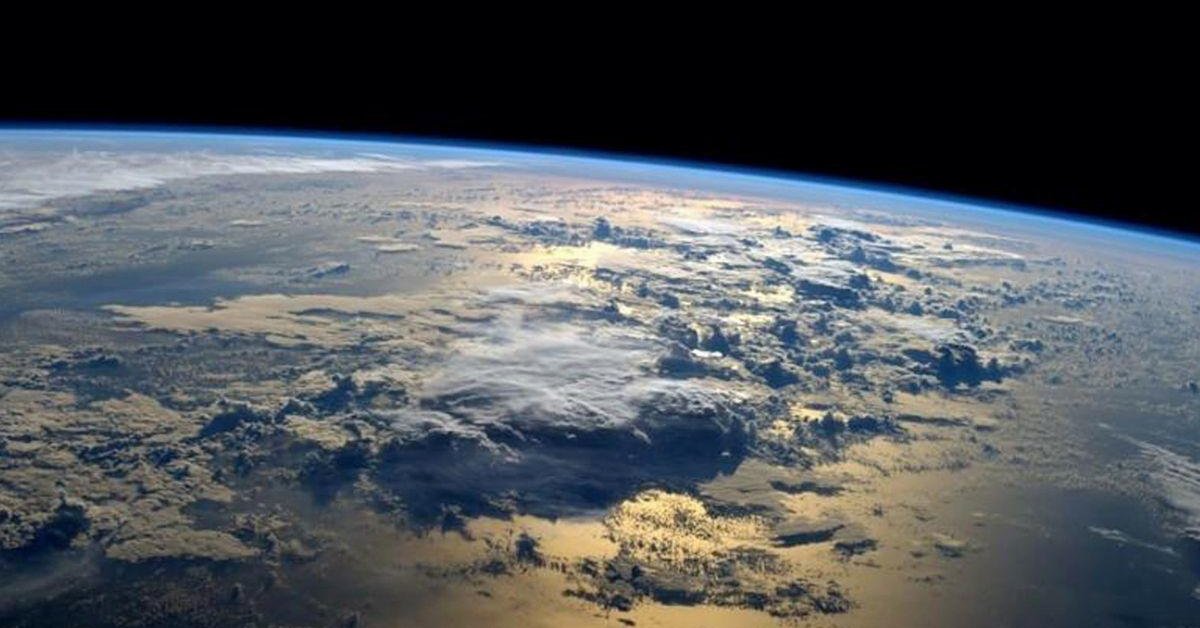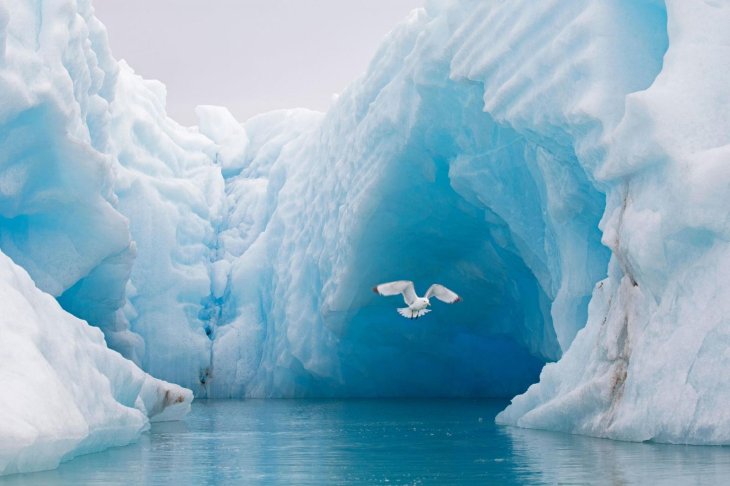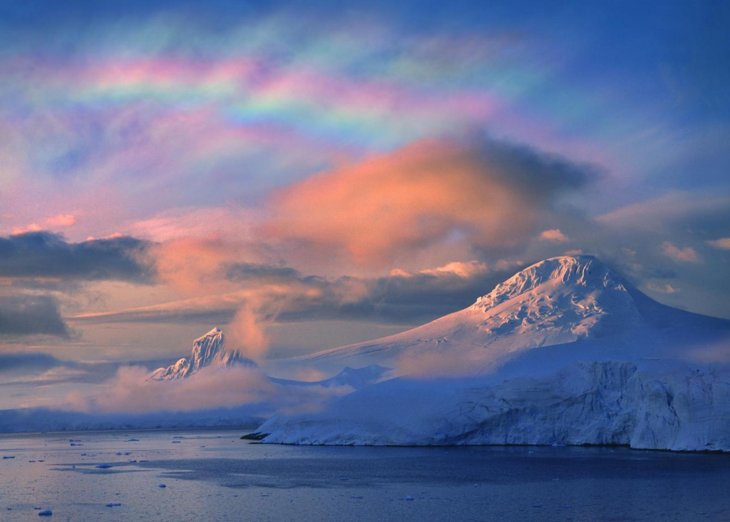Ozone Layer Hole 96 Times The Size Of Taj Mahal Appears Over The Arctic, Increasing Cancer And Blindness Risks
Aadhya Khatri - Apr 11, 2020

The Artic losing a certain amount of ozone is common; however, this latest depletion of the ozone layer is unlike anything scientists have ever seen before
Our ozone layer is healing and we have reason to cheer for that. However, while the hype of a recovered shield that protects our planet from the Sun’s ultraviolet has not yet died down, a piece of bad news surfaces. Recently, experts found out about a huge hole in the ozone layer right above the Arctic.
If you think this one is just like any other holes we have heard about over the years, you should recalibrate your expectations. This phenomenon is commonly seen over the South Pole, and now we see one in the north.

The Artic losing a certain amount of ozone is common; however, this latest depletion is unlike anything scientists have ever seen before.
As stated by Diego Loyola of the German Aerospace Center, the maximum extension of the hole over the Arctic was about 1 million sq km. When compared to the holes we often saw over Antarctica, this one was small given that those in the South were usually 20 to 25 million sq km.
The hole started to form since March 14 and the scientists expect that it would close in mid-April this year.
Researchers attribute this phenomenon to the extremely strong polar vortex, post-winter sunlight, and freezing temperatures in the stratosphere.

In 2019, we had the smallest ever ozone layer hole over Antarctica. As stated by NOAA (short for National Oceanic and Atmospheric Administration) and NASA, the peak of this hole was observed on September 8 at 6.3-million square miles. In October, the size shrunk to 3.9-million square miles.
>>> Researchers Use AI To Show The Impact Of Climate Change And Rising Sea Level
Featured Stories

Features - Jul 01, 2025
What Are The Fastest Passenger Vehicles Ever Created?

Features - Jun 25, 2025
Japan Hydrogen Breakthrough: Scientists Crack the Clean Energy Code with...

ICT News - Jun 25, 2025
AI Intimidation Tactics: CEOs Turn Flawed Technology Into Employee Fear Machine

Review - Jun 25, 2025
Windows 11 Problems: Is Microsoft's "Best" OS Actually Getting Worse?

Features - Jun 22, 2025
Telegram Founder Pavel Durov Plans to Split $14 Billion Fortune Among 106 Children

ICT News - Jun 22, 2025
Neuralink Telepathy Chip Enables Quadriplegic Rob Greiner to Control Games with...

Features - Jun 21, 2025
This Over $100 Bottle Has Nothing But Fresh Air Inside

Features - Jun 18, 2025
Best Mobile VPN Apps for Gaming 2025: Complete Guide

Features - Jun 18, 2025
A Math Formula Tells Us How Long Everything Will Live

Features - Jun 16, 2025
Comments
Sort by Newest | Popular